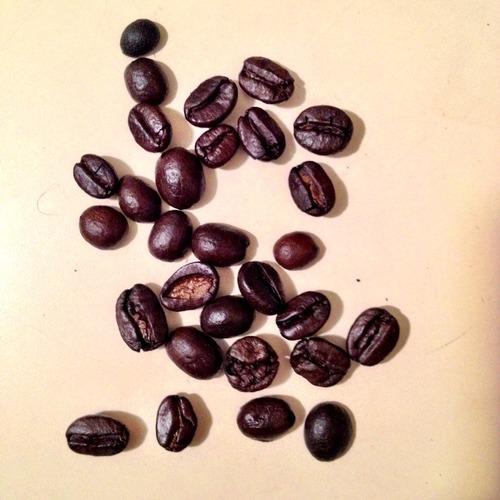
So, Caleb bought back Kopi Luwak from Indonesia, which is that type of coffee that is made from the dried feces of the Asian palm civet, a sort of long-nosed cat. It used to be really expensive — like $10 a cup — but now they’ve started to cage the animals who make it, thereby increasing production.
Oh my god, it tastes exactly like…fucking coffee. When Caleb brewed it this morning, he tried it first. “Wow,” he said. “It has such a clean finish, it’s not bitter at all.”
Caleb is easily susceptible to price gouging.
When I tried it, I was like, “Did you make Folgers for me or something?” Because not only did it taste extremely bitter, but it also had that sort of stale aroma that coffee gets when it’s sitting around a car repair shop for a morning. It wasn’t terrible — it was just regular coffee.
Long story short, don’t drink animal feces just because people tell you they’re precious. Just drink coffee handpicked by child laborers in remote countries.
